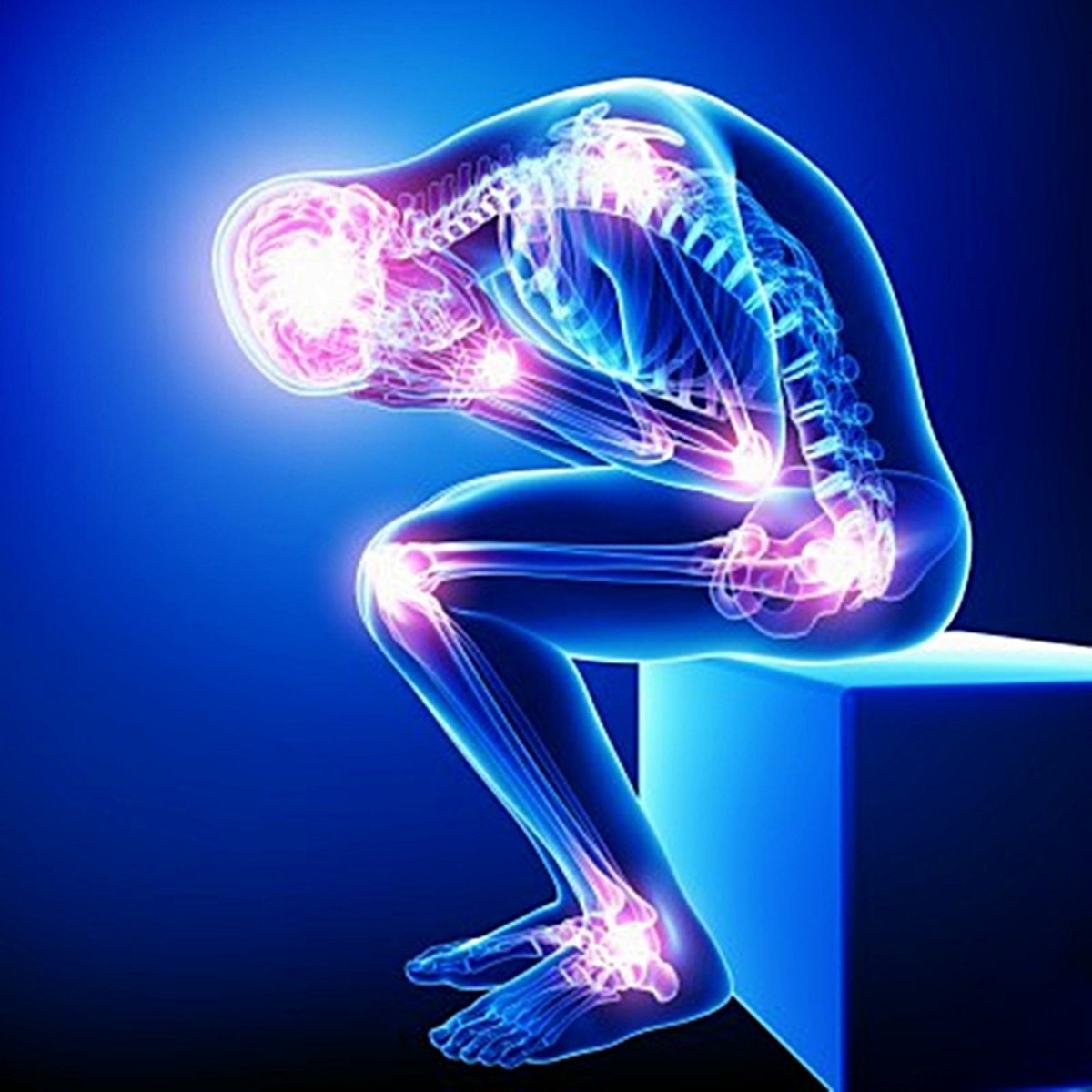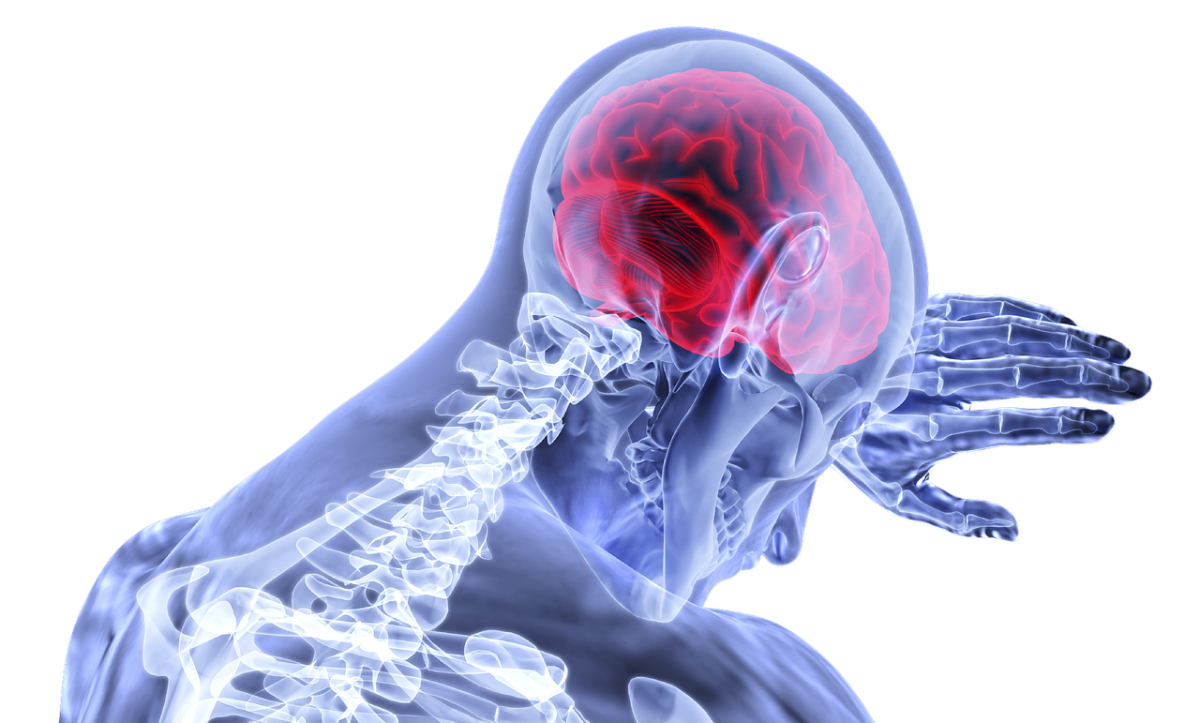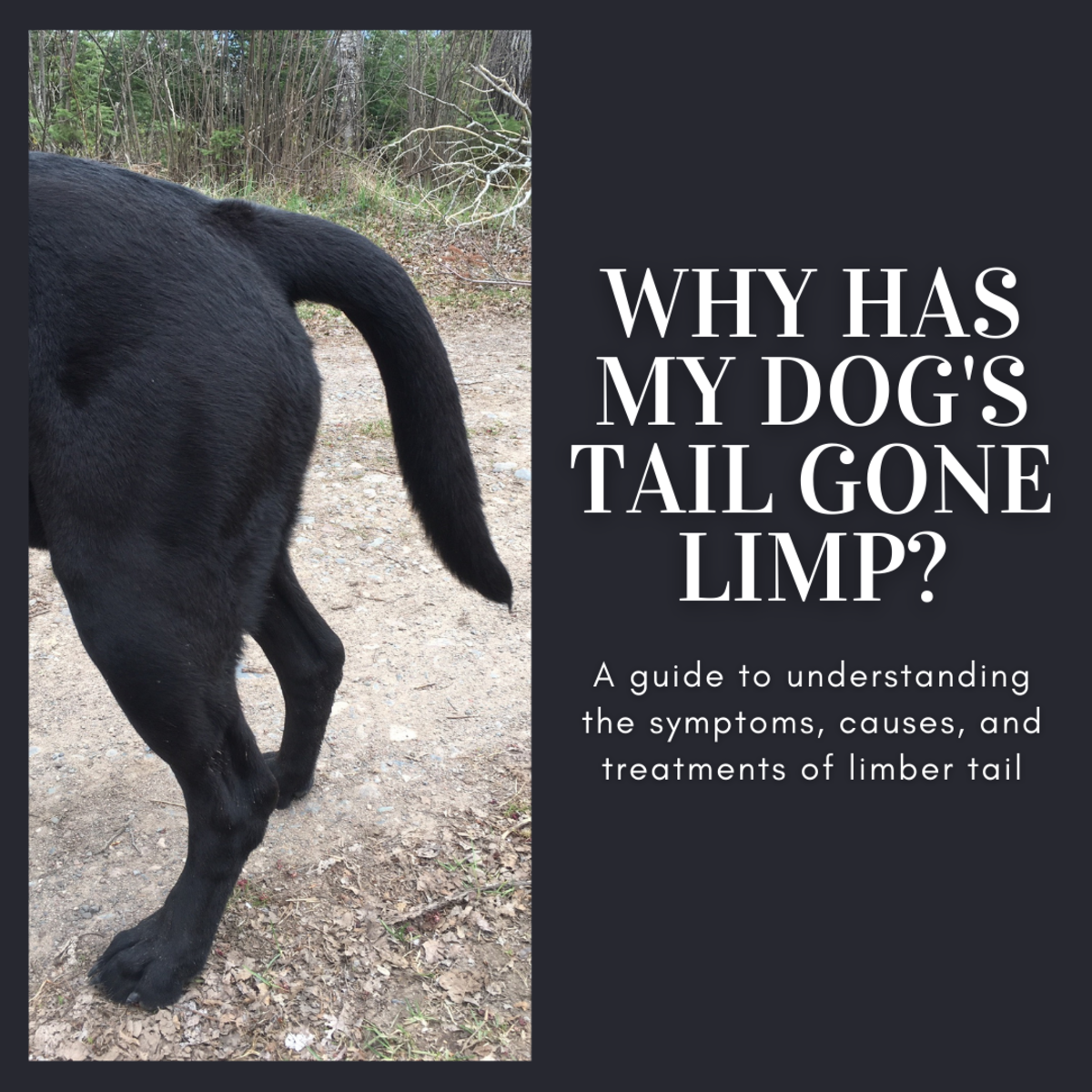Ask the Vet: Dog Arthritis Pain Treatments and Pain Management

Arthritis can be a painful condition for your dog, but that does not mean that it has to suffer unnecessarily. In a recent interview, Dr. Cathy Alinovi, owner of Hoofstock Veterinary Services and Hoopeston Vet Service shared from her expertise with her patients about the types of pain treatments or pain management options for canine arthritis.
Question 1: What types of therapies are typically used to treat canine arthritis?
Dr. Cathy: The list of methods to treat arthritis is quite long for three reasons:
- Not everyone can afford all treatments.
- There are many different types of arthritis; thus, there are different treatments for each type of arthritis.
- Not all patients respond to the same treatment.
For example, for rear end issues, surgical correction can:
- Realign the joint (TPLO)
- Remove the bone on bone contact (FHO
- Keep the bone in the joint (toggle)
- Recreate joint stability (ACL surgery)
- Clean up damage (removal of joint mice)
These are just some examples, as there are many more surgical options. For more details, research the above on-line or consult a veterinary orthopedic surgeon. Surgical options have great outcomes. However, they never return the body to one hundred percent of its normal function or anatomy and other therapies are often needed.
How are you managing your dog's arthritis pain?
Stem Cell Therapy
Technology that is more recent includes stem cell therapy. This is where they use fat cells (adipose tissue), treat the cells, then inject it into the joints, especially the hip joint.
Ideally, saving the placenta from puppyhood would furnish the best source of stem cells. Regardless, these dogs have improved mobility and faster healing.
Therapeutic Laser Therapy
Therapeutic laser therapy is non-invasive and offers rapid results. Class IV lasers warm the tissue, increase blood flow, and increase local beta-endorphin production, which decreases pain without the use of drugs.
Laser therapy increases tissue nitric oxide production resulting in increased blood flow to the nerves. More blood to the nerves results in better nerve function, thus better muscle function and decreased pain. Finally, better blood flow takes away inflammatory chemicals--these chemicals stimulate pain. This means laser therapy has several different mechanisms to decrease the effects of arthritis.
At-home Treatment Modalities
There are also at-home modalities like tPEMF (targeted pulsed electromagnetic field therapy). One product, the Assisi offers the following benefits:
- Reduces pain
- Increases mobility
- Improves circulation
- Reduces swelling
- Encourages a faster healing time
- Has no known side effects
It's basically a loop of coated wire that can be hidden under the arthritic dog's blanket. The equipment can be activated while your pup is napping.
Immune-suppression Drugs
For dogs with immune-mediated arthritis, drugs that control or suppress the immune system provide comfort.
These drugs can include steroids like prednisone, prednisolone, and azathioprin. Herbal mixtures and an anti-inflammatory diet can reduce the amount of drugs needed for these patients. Sometimes these patients can be weaned off their medications months to years later, but sometimes they can't without recurrence of the painful joint swelling.
Anti-infective Medication
For cases of infectious arthritis, the proper anti-infective medication is the right treatment. These may be antibiotics or antifungals. What is important is to treat long enough, and test, possibly with more joint taps, before stopping the medication. Stopping medication too soon can lead to flare ups that are more difficult to treat as the disease agent may now have resistance to the medication.
Pain Management
Q2: What are the most commonly used methods for helping dogs with arthritis feel more comfortable?
Dr. Cathy: Medicine, chemical pain management, and anti-inflammatories are probably the most commonly used methods to provide comfort for the arthritic patient. These options are discussed below.
Dog Arthritis Problems and Treatments
Polysulfated-glycosaminoglycans (PSGAGs)
The most commonly used product is Adequan, which can help to prevent cartilage breakdown by inhibiting the enzymes of cartilage degradation during inflammation. Many patients experience immediate relief when starting these injections. Other patients do not respond as that is not their mechanism of arthritic pain.
Once the patient has reached a maintenance level on the PSGAGs (usually monthly injections), they are often switched to glucosamine, or both products are used together.
Glucosamine HCL, (Cosequin) is the most common brand and is used alone or combined with chondroitin sulfate and/or MSM (methylsulfonylmethane). It may stimulate synthesis of synovial fluid, inhibit breakdown of cartilage, and improve healing of cartilage in the right patients.
One note about glucosamine products: there are many veterinary products touted as better because they are produced in special factories but so are the human products, and for much less. The only real difference is the chewable flavoring.
Supplements
Supplements other than glucosamine combinations can also help with arthritis. Superoxide dismutase (SOD) is one such product. Increasing amounts of research show SOD, with or without being combined with other herbs, decreases oxidative damage in the body.
Oxidative damage in arthritic patients stems from chronic use of pain relievers and the inflammation from the arthritis in the first place. Researchers have shown use of SOD products returns body tissues to the same state as in childhood. As pertains to oxidative stress, they hope it will bring longevity.
Diet and Weight Control
Good diet and weight control does wonders to help arthritic patients through good nourishment as well as causing less oxidative stress on the body.

Hot or Cold?
For years, arthritic patients of any species have noticed if they feel better in heat or in coolness. You will learn if your arthritic dog feels better in the summer, winter, or better lying on a pillow or the hard floor.
For some dogs, moist heat such as heating pads wrapped with a moist towel will help them feel better. For other dogs, ice packs will improve their motility. Whether it be pools, swimming, warm water, or cool water, one or more of these techniques will help your dog feel better.
Q3: What types of pain management are available?
Dr. Cathy: The top non-surgical arthritis treatment is pain medication. Non-steroidal anti-inflammatories (NSAIDs) can be used to control pain. Patients with liver or kidney issues should be very careful of these, however.
Labradors, for some reason, are very sensitive to some of these medications. In addition, just as with humans, there is a risk of intestinal bleeding with any NSAID. Ask your vet for information about any other unusual side effects your pet might experience.
Dogs on long-term medication should have blood work run every six months to check their kidney and liver function and to rule out bleeding ulcers. Owners should watch their dogs for signs of gastrointestinal upset, changes in appetite, and increased thirst and urination.
Other medications can include tramadol, which is a non-addictive morphine derivative. Some patients, for better or worse, end up on steroids, which when used over a long-term can break down the cartilage in joints. Never mix steroids and NSAIDs as this combination can lead to severe stomach ulcers.
(See table below for a list of the most commonly used NSAIDs)
The Most Common NSAIDs
Aspirin or buffered aspirin
|
|---|
Deracoxib (Deramaxx)
|
Etodolac (EtoGesic)
|
Firocoxib (Previcox)
|
Meloxicam (Metacam)
|
Tepoxalin (Zubrin).
|
Herbal Treatments
Herbal medications can help greatly in the right patients. They can be used alone or in combination; some beneficial herbs are listed in the table below.
Some of these herbs have the results of traditional western medicine clinical trials that support their use. Other herbs can offer two to three thousand years of anecdotal experience to support their efficacy.
Recently, studies into the properties of elk velvet antler have found this product to include not only glucosamine but also antioxidants. Interestingly, while it takes up to 30 days for most glucosamine products to provide a noticeable effect, elk velvet antler products seem to work quickly.
Herbs That May Benefit Arthritic Dogs
In most cases, herbs cause fewer side effects. However, anyone can have a reaction to anything, and intestinal upset is the most common side effect of herbal therapy.
|
|---|
Aloe
|
Angelica
|
Boswellia (frankincense)
|
Cat's Claw
|
Ginger
|
Green tea
|
Ligusticum
|
Turmeric
|
Willow bark
|
Homeopathic Methods
Homeopathic medicines are the other commonly used pain relievers for the arthritic patient with Arnica and Traumeel being the most commonly used.
Arnica is derived from the Wolf's Bane flower. At extremely low concentrations, it can help with many kinds of pain from headaches to arthritis. Arnica is one of several components of Traumeel, a combination therapeutic, which is designed to address more of the features of arthritis.
The fascinating thing about homeopathy is an expert homeopath can use the lifetime totality of symptoms of the arthritic patient and reset the balance that led to the condition in the first place. Arnica may or may not be part of that treatment.
Alternative Therapies
Alternative therapies are becoming increasingly popular methods to address arthritis. These therapies include acupuncture and veterinary spinal manipulation (animal chiropractic).
Animal chiropractic, which is more accurately called veterinary spinal manipulation therapy or VSMT, restores motion and joints to make the patient feel better.
Veterinary acupuncture uses lines of energy called Meridians and Qi to provide pain relief and restore motion in the arthritic patient. Many practitioners use one or both modalities to help the arthritic dog.
There is definite reason to use both. Chiropractic (VSMT) restores mobility. Motion is the key to making the arthritic patient feel better because immobility increases pain. Movement of the muscles inhibits pain directly at the spinal cord. This means the pain, called nociception, can't even get in the spinal cord to tell the brain there is an issue.
This is why walking and massage also helps arthritic patients as it stimulates the muscle, which inhibits pain. You may even notice this when your arthritic dog has a hard time lying down. He or she may be pacing to diminish the painful, aching feeling.
Acupuncture
Acupuncture is a centuries old practice that may sound a little unconventional but modern studies have shown that acupuncture stimulates nerves. Stimulating nerves can affect the body in the same way as chiropractic: inhibiting pain by stimulating muscle movement. The other exciting thing about acupuncture is when it is coupled with low-level electricity, which is called electro acupuncture, the body is stimulated to release its own natural pain relievers like beta endorphins and serotonin.
This added benefit makes acupuncture a wonderful method of pain relief in the arthritic patient. One other fun application of acupuncture uses moxa. Moxa is a warming herb that is burned like a cigar in the vicinity of acupuncture points. Some patients respond wonderfully to this warming treatment and it can be done at home. The veterinary acupuncturist will train the dog owner on its proper and safe use.
Dog Acupressure for Shoulder Arthritis
Exercise and Massage
Exercise and massage increase blood flow, which inhibits pain, as discussed above. Most arthritic dogs love to be massaged. Interestingly, however, there is a small population of dogs that do not like massage. Some of these dogs are in so much pain that any extra touch makes them feel over-the-top painful. These dogs need baby steps and extra pain control until they are able to tolerate more contact. That much pain is unacceptable for anyone and needs to be controlled in one method or another. That is why there are so many treatment options available.
Reiki
There is an interesting hands off treatment on the fringes of modern medicine called Reiki. Reiki is an energy medicine, or vitalism, that people either believe in or don't. For those who do, they find they and their pets feel better after receiving a treatment.
Reiki practitioners direct vibrational energy to stimulate the patient's healing. While this is definitely a more controversial treatment for arthritis, the arthritic dog will, at a minimum, benefit from the attention, and it may experience other benefits as well.
As with many other illnesses, early intervention and qualified professional advice are the best ways to ensure your pet's health and comfort. If you notice any warning symptoms of arthritis, take your dog to your veterinary for an evaluation as soon as possible.
Reference Source
Email interview with Dr. Cathy Alinovi of Hoofstock Veterinary Services, December 3, 2013
© 2013 Donna Cosmato








